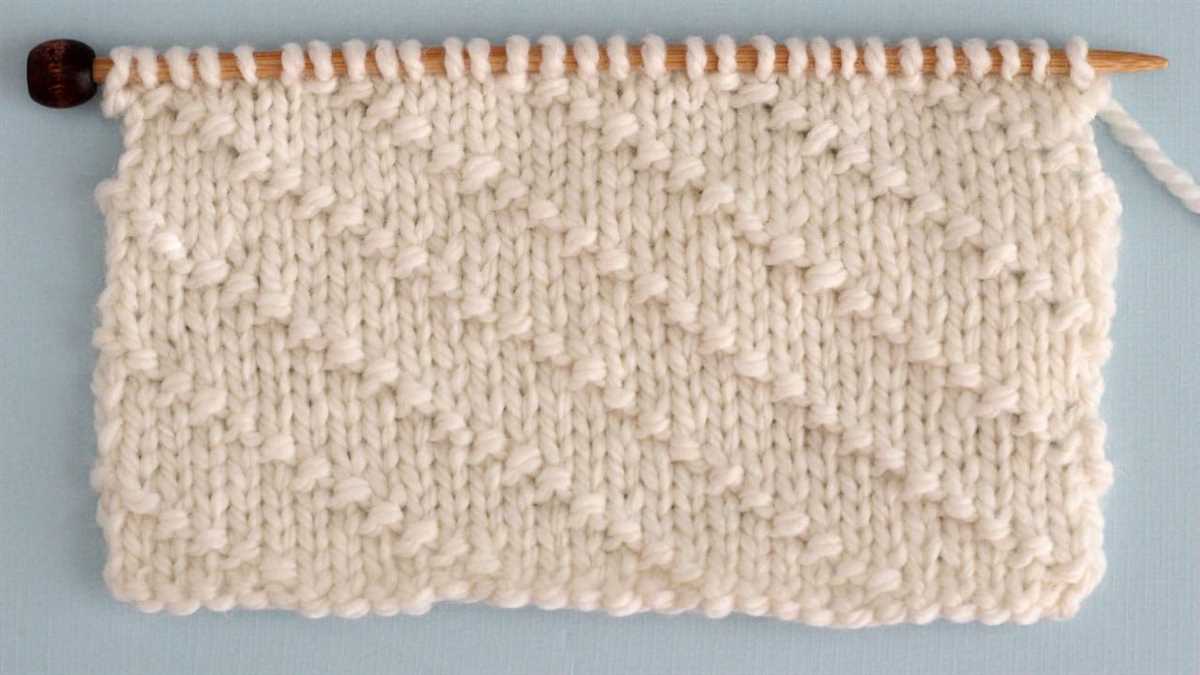
Knitting has always been a popular activity for those who enjoy working with their hands and creating beautiful, cozy items. Whether you are a beginner or an experienced knitter, finding the perfect knitting pattern is essential to starting a new project or expanding your skills.
With the vast number of knitting patterns available online and in books, it can be overwhelming to know where to start. However, by following a few simple steps, you can easily find the knitting pattern that matches your skill level and the type of project you want to create.
One of the first things you can do when looking for a knitting pattern is to determine what specific item you would like to make. Are you interested in knitting a sweater, a hat, or a blanket? Once you have decided on the type of project, you can start searching for patterns that specialize in that particular item.
How to Find the Perfect Knitting Pattern
Knitting is a popular hobby for people of all ages. Whether you are a seasoned knitter or just starting out, finding the perfect knitting pattern is essential to creating a project that you will enjoy. Luckily, there are many resources available to help you find the perfect pattern for your next knitting project.
1. Online knitting communities: Joining online knitting communities and forums can be a great way to find knitting patterns. These communities often have sections dedicated to pattern sharing, where members can post and discuss their favorite patterns. You can also ask for recommendations or seek help if you are looking for a specific type of pattern. Websites like Ravelry and LoveKnitting are popular options for connecting with other knitters and finding new patterns.
2. Knitting magazines and books: Knitting magazines and books are a great resource for finding knitting patterns. They often feature a wide range of patterns for different skill levels and styles. Subscribing to a knitting magazine or visiting your local library to borrow knitting books can provide you with a wealth of inspiration and patterns to choose from.
3. Online pattern databases: There are many websites that host large databases of knitting patterns for free or for a small fee. These websites often allow you to search for patterns based on the type of project, skill level, and other criteria. Some popular online pattern databases include Knitty, Yarnspirations, and Lion Brand Yarn.
4. Knitting pattern books and leaflets: Many knitting pattern books and leaflets are available for purchase online and in stores. These books often specialize in specific types of projects, such as socks, hats, or baby clothes. They can be a great resource if you are looking for a specific type of pattern or if you prefer having a physical book to reference while you knit.
5. Social media: Social media platforms like Instagram and Pinterest can be a treasure trove of knitting patterns. Many knitters and yarn companies use these platforms to share their latest projects and patterns. Searching for hashtags like #knittingpatterns or #knittinginspiration can lead you to a variety of beautiful and unique patterns that you may not find elsewhere.
With these resources at your disposal, you are sure to find the perfect knitting pattern for your next project. Whether you prefer traditional patterns or want to try something more modern and innovative, there is a pattern out there that will suit your style and skill level. So grab your knitting needles and get started on your next knitting adventure!
The Basics of Knitting Patterns
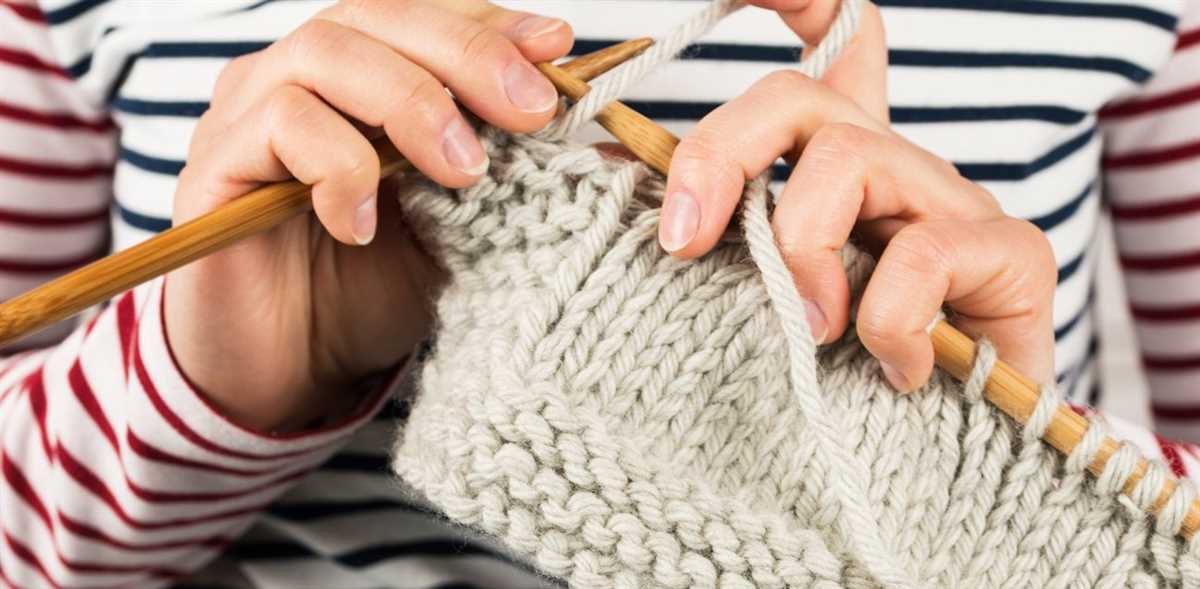
Knitting patterns are essential tools for knitters of all skill levels. They provide instructions on how to create various stitches and patterns to create beautiful and unique knitted items. Whether you are a beginner or an experienced knitter, understanding the basics of knitting patterns is crucial for successful and enjoyable knitting projects.
Choosing the right pattern
When starting a knitting project, it’s important to choose the right pattern that matches your skill level and desired outcome. Knitting patterns come in different levels of difficulty, ranging from beginner to advanced. Beginners should start with simple patterns that involve basic stitches, such as garter stitch or stockinette stitch. As you gain more experience and confidence, you can move on to more complex patterns with intricate stitch patterns and techniques.
Reading a knitting pattern
Knitting patterns are written instructions that provide a step-by-step guide on how to create a specific knitted item. They typically include information about the materials needed, gauge, abbreviations, and stitch patterns. Reading a knitting pattern may seem overwhelming at first, but once you understand the basic structure and terminology, it becomes much easier to follow along. Key elements of a knitting pattern include:
- Materials: This section lists the type and amount of yarn, as well as the recommended needle size and any additional materials needed for the project.
- Gauge: Gauge refers to the number of stitches and rows per inch of knitting. It is important to match the gauge specified in the pattern to ensure that your finished project will be the correct size.
- Abbreviations: Knitting patterns often use abbreviations for common stitches and techniques. It’s helpful to familiarize yourself with these abbreviations to understand the instructions.
- Instructions: This is where you will find the step-by-step instructions for creating the project, including the stitch patterns, increases, decreases, and any other special techniques required.
By understanding the basics of knitting patterns, you can confidently tackle any knitting project and create beautiful and unique items. Remember to start with patterns that match your skill level and take your time to read and understand the instructions. With practice and patience, you will become a skilled knitter and be able to create stunning handmade pieces!
Where to Look for Knitting Patterns Online
If you’re an avid knitter or just starting to learn, finding new and interesting knitting patterns can be an exciting part of the hobby. With the rise of the internet, there are now countless websites where you can find a wide variety of knitting patterns to suit your tastes and skill level. Whether you’re looking for a simple scarf pattern or a complex cable sweater, there’s a website out there that has just what you need.
Ravelry: One of the most popular websites for knitters is Ravelry. This online community has a vast library of knitting patterns created by users from all over the world. You can search for patterns based on different criteria, such as difficulty level, type of garment, or the specific yarn you have on hand. Ravelry also allows you to connect with other knitters, join groups, and share your own projects.
Pinterest: Another great place to find knitting patterns is Pinterest. This social media platform is a treasure trove of inspiration, and you can easily search for knitting patterns by using keywords or browsing through different boards. Many knitters use Pinterest to create virtual mood boards or save patterns they want to try in the future. You can also find tutorials, tips, and tricks to help improve your knitting skills.
- Knitting Blogs: There are many talented knitters who share their knowledge and patterns through their blogs. These blogs often include step-by-step instructions, detailed photos, and sometimes even video tutorials. Some popular knitting blogs include Tin Can Knits, Petite Knit, and Brooklyn Tweed. You can subscribe to these blogs or bookmark them to stay up-to-date with the latest patterns.
- Online Yarn Stores: Many online yarn stores also offer free knitting patterns as a way to showcase their yarns. These patterns are usually designed specifically for the yarn they sell, so you can easily find a pattern that matches the yarn you have in mind. Some popular online yarn stores that offer free patterns include Knit Picks, Lion Brand Yarn, and Drops Design.
- Social Media: Don’t forget to check out social media platforms like Instagram and Facebook for knitting patterns. Many designers and knitting enthusiasts share their creations on these platforms, often with links to the patterns they used. You can follow your favorite designers or join knitting groups to discover new patterns and connect with like-minded crafters.
In conclusion, the internet is a fantastic resource for knitters looking for new patterns. Whether you prefer the organized community of Ravelry, the visual inspiration of Pinterest, or the personal touch of knitting blogs, there are plenty of options to explore. So grab your needles and yarn, and start searching for your next knitting project online!
Using Social Media to Discover New Knitting Patterns
In today’s digital age, social media has become an invaluable tool for knitters looking to discover new patterns and connect with fellow knitting enthusiasts. With platforms like Instagram, Pinterest, and Ravelry, the possibilities for finding exciting, unique knitting patterns are endless.
Instagram is a popular platform for knitters to share their work and find inspiration. By following knitting-related hashtags such as #knittingpatterns or #knittersofinstagram, users can discover a wide range of beautiful patterns created by talented knitters. Many designers and yarn companies also have Instagram accounts where they showcase their latest patterns and designs, providing a wealth of creative ideas for knitters.
Pinterest is another valuable resource for knitters. Users can create boards to save and organize knitting patterns they come across, making it easy to revisit and reference them later. Pinterest also offers a wide variety of knitting-related boards and follows to discover new patterns. Whether searching for specific techniques or general inspiration, knitters can find a treasure trove of unique patterns and ideas on this platform.
Ravelry is a popular online community for knitters and crocheters, offering a vast collection of patterns and resources. Users can search for patterns based on criteria such as difficulty level, yarn type, and project type. Additionally, Ravelry features forums and groups where knitters can discuss their projects, seek advice, and connect with other members of the knitting community. It is a fantastic platform for both experienced and beginner knitters to discover new patterns and engage with like-minded individuals.
In conclusion, social media has revolutionized the way knitters discover new patterns. Platforms like Instagram, Pinterest, and Ravelry provide endless inspiration and opportunities for knitters to connect with each other. Whether you’re looking for intricate lace patterns, cozy sweater designs, or innovative techniques, social media is the perfect place to explore, learn, and find the next project to cast on.
How to Find Free Knitting Patterns
If you’re a knitting enthusiast looking for new and exciting projects, there are plenty of resources available to help you find free knitting patterns. Whether you’re a beginner or an experienced knitter, the internet is a treasure trove of patterns for all skill levels and styles. Here are some tips on how to find the perfect pattern for your next knitting project.
1. Online Knitting Communities
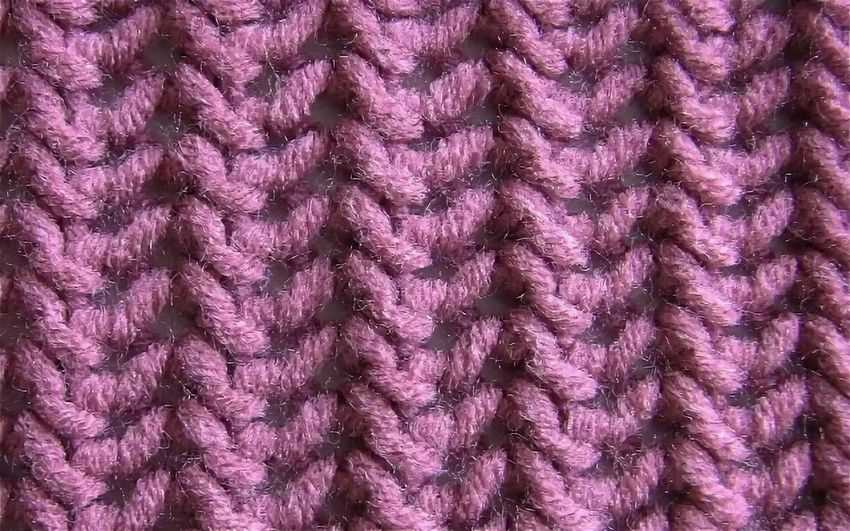
One of the best places to find free knitting patterns is within online knitting communities. Websites and forums dedicated to knitting often have sections or forums where users share their favorite patterns. Members of these communities are usually more than happy to help you find the perfect pattern, offer advice, and even share their own creations. You can also join knitting groups on social media platforms like Facebook or Instagram to connect with other knitters and discover new patterns.
2. Knitting Pattern Databases
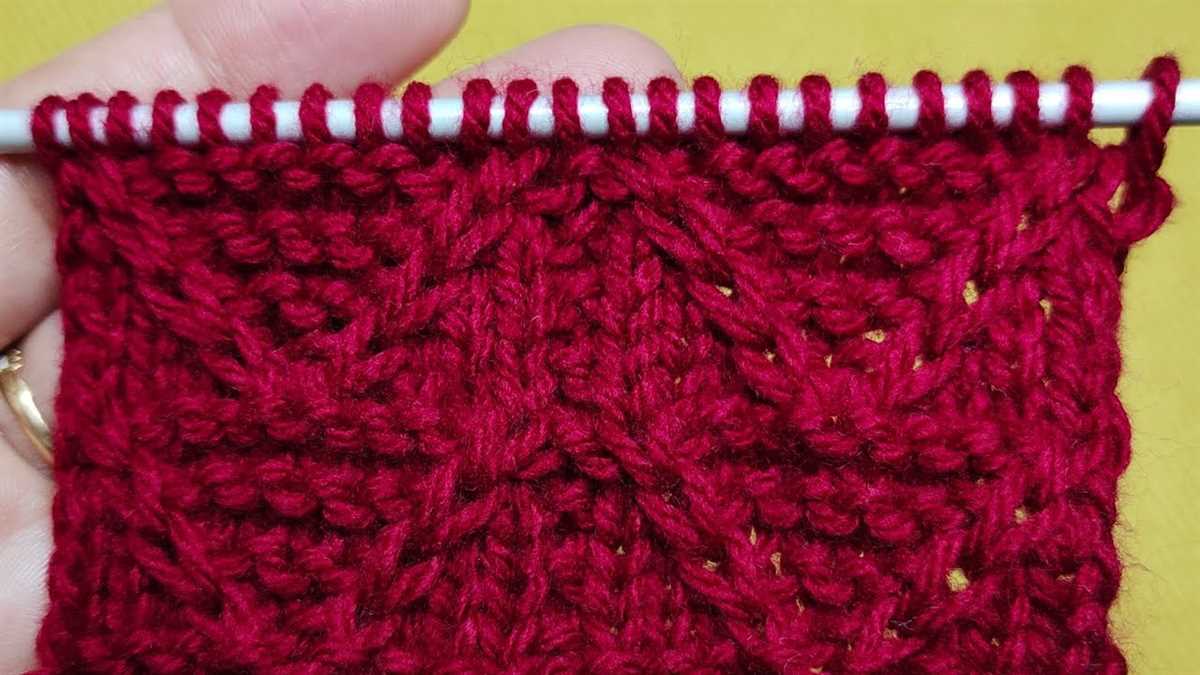
Another great resource for free knitting patterns is knitting pattern databases. These websites usually have a vast collection of patterns from various designers, all available for free. Users can search for patterns by category, difficulty level, or even specific yarn type. Some pattern databases also allow users to upload their own patterns, so you may find unique and original designs that you won’t find anywhere else. Examples of popular knitting pattern databases include Ravelry, Knitty, and Lion Brand Yarn.
3. Yarn Manufacturer Websites
If you have a specific yarn brand or type in mind for your project, visiting the manufacturer’s website is a great idea. Many yarn manufacturers offer free patterns on their websites that are designed specifically for their yarns. They often showcase these patterns alongside their yarns, making it easier for you to find a pattern that matches the yarn you have or plan to buy. This is a great way to discover new patterns and support the brands whose yarns you love.
4. Bookstores and Libraries

If you prefer the traditional route, bookstores and libraries are also good places to find free knitting patterns. Check out the craft or knitting section and you’ll likely find a wide selection of knitting pattern books. Many of these books have detailed instructions and charts for various projects, ranging from simple scarves to intricate sweaters. Borrowing books from the library is a cost-effective way to access a wide range of knitting patterns, and you can also find inspiration in the beautiful photos and illustrations that often accompany the patterns.
With these resources at your disposal, you’ll never run out of knitting projects to keep your needles busy. Remember to have fun and let your creativity shine as you explore the world of free knitting patterns!
Exploring Offline Resources for Knitting Patterns
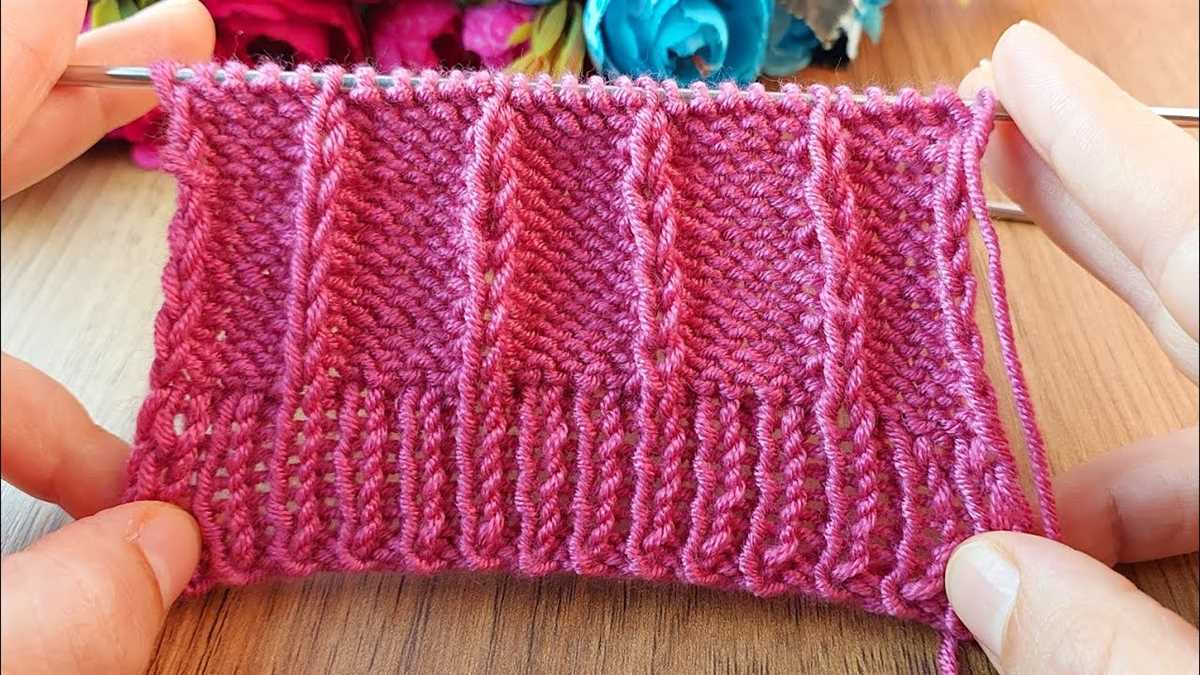
While online platforms offer a vast array of knitting patterns, sometimes it’s nice to explore offline resources to find inspiration or unique designs. Offline resources can provide a physical and tactile experience, allowing you to immerse yourself in the world of knitting patterns.
Local Yarn Stores: Visiting a local yarn store is a fantastic way to discover knitting patterns. These stores often have a selection of books, magazines, and leaflets dedicated to knitting. You can flip through the pages, feel the texture of the yarn, and even ask the staff for recommendations. Local yarn stores are also great places to connect with fellow knitting enthusiasts who may share their favorite patterns or tips.
Knitting Magazines:
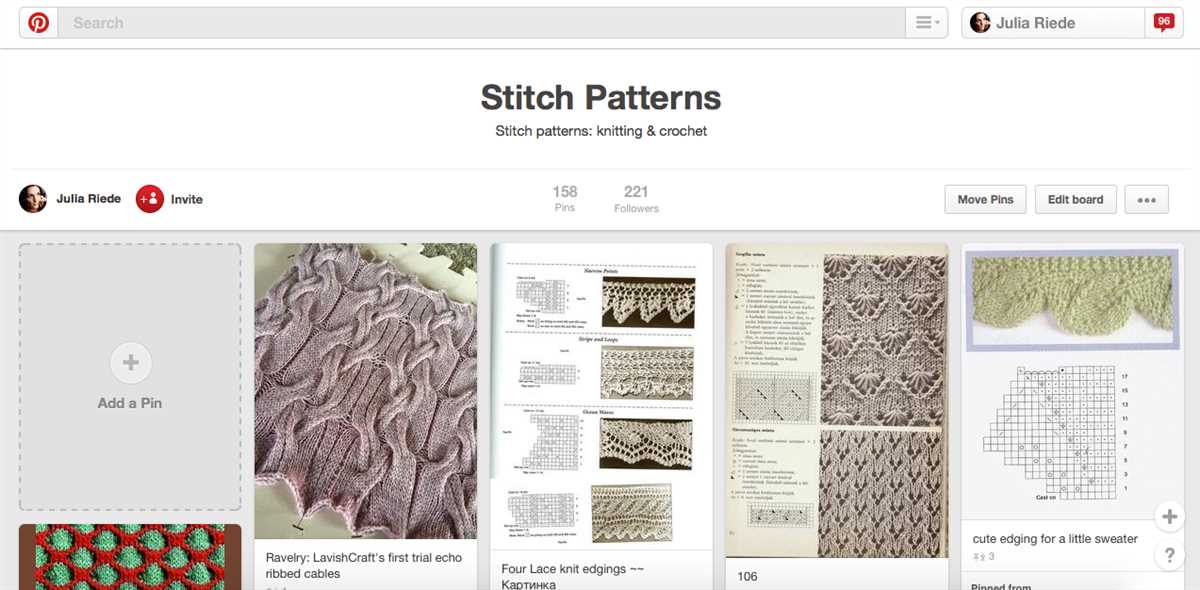
Knitting magazines are a treasure trove of patterns, tips, and articles related to knitting. You can find a variety of knitting magazines at bookstores, craft stores, and even some supermarkets. These magazines showcase seasonal designs, new techniques, and interviews with renowned knitters. The glossy pages and vibrant photos can give you a visual representation of the finished projects, making it easier to choose a pattern that catches your eye.
Pattern Books:
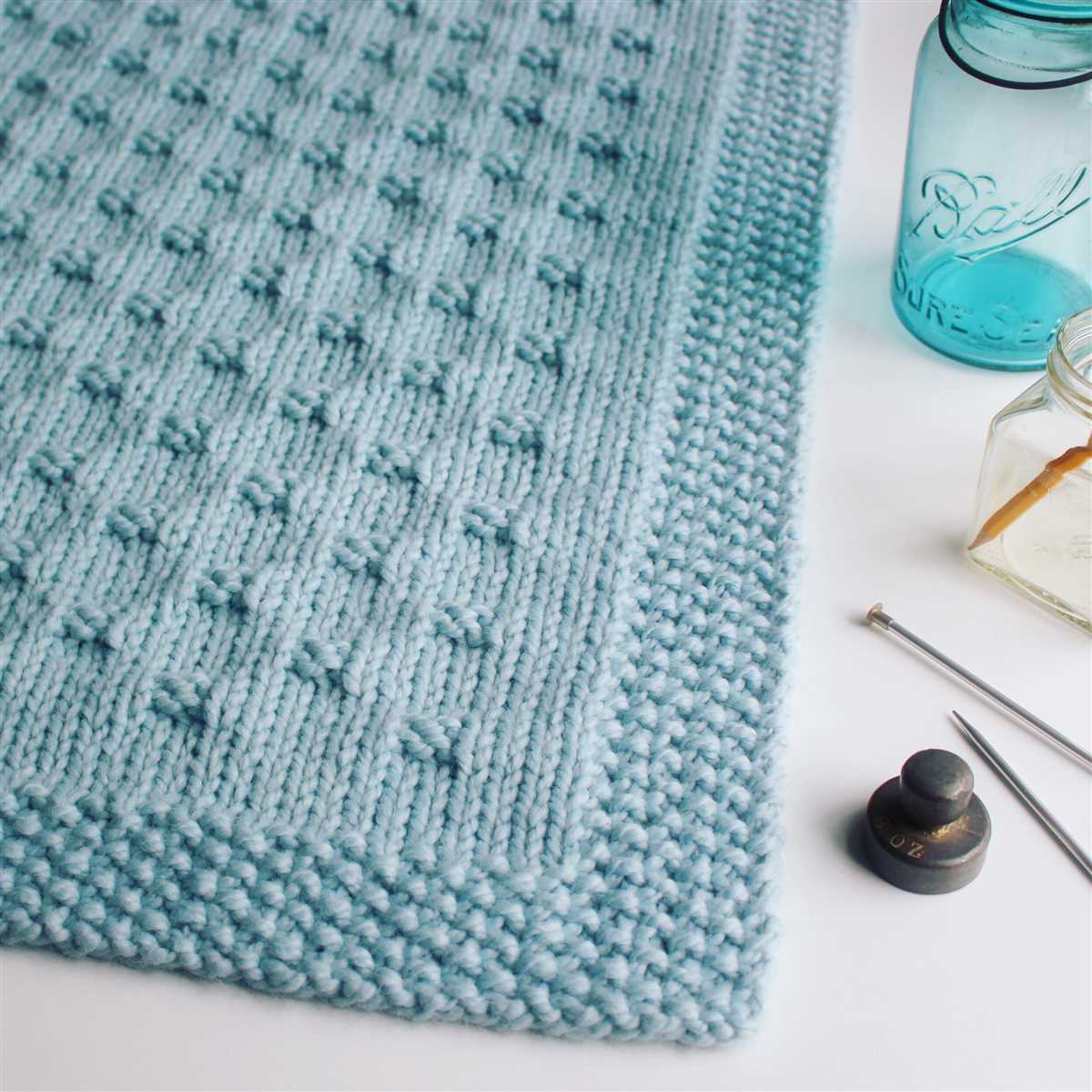
Pattern books are timeless resources for knitting patterns. You can find books dedicated to a specific knitting technique, a particular designer, or a particular theme. Knitting pattern books often provide detailed instructions, charts, and photographs to guide you through the knitting process. These books can be a valuable addition to your knitting library and can inspire you to create beautiful and unique projects.
Community Library:
Your local public library may have an extensive selection of knitting books and magazines. Exploring your community library can be a cost-effective way to access a wide range of knitting patterns. You can borrow books, make copies of the patterns, and even find knitting clubs or groups that meet regularly to share their knitting experiences. Libraries are great resources for both beginners and experienced knitters alike!
Exploring offline resources for knitting patterns can be a delightful experience. Whether you’re browsing through a local yarn store, flipping through the pages of a knitting magazine, or perusing pattern books at the library, you’re sure to find inspiration and discover new techniques to elevate your knitting projects.
How to Filter and Narrow Down the Options
When searching for a knitting pattern, it can often be overwhelming to sift through the numerous options available. However, by using filters and narrowing down your choices, you can make the search process much easier and more efficient.
1. Consider Your Skill Level
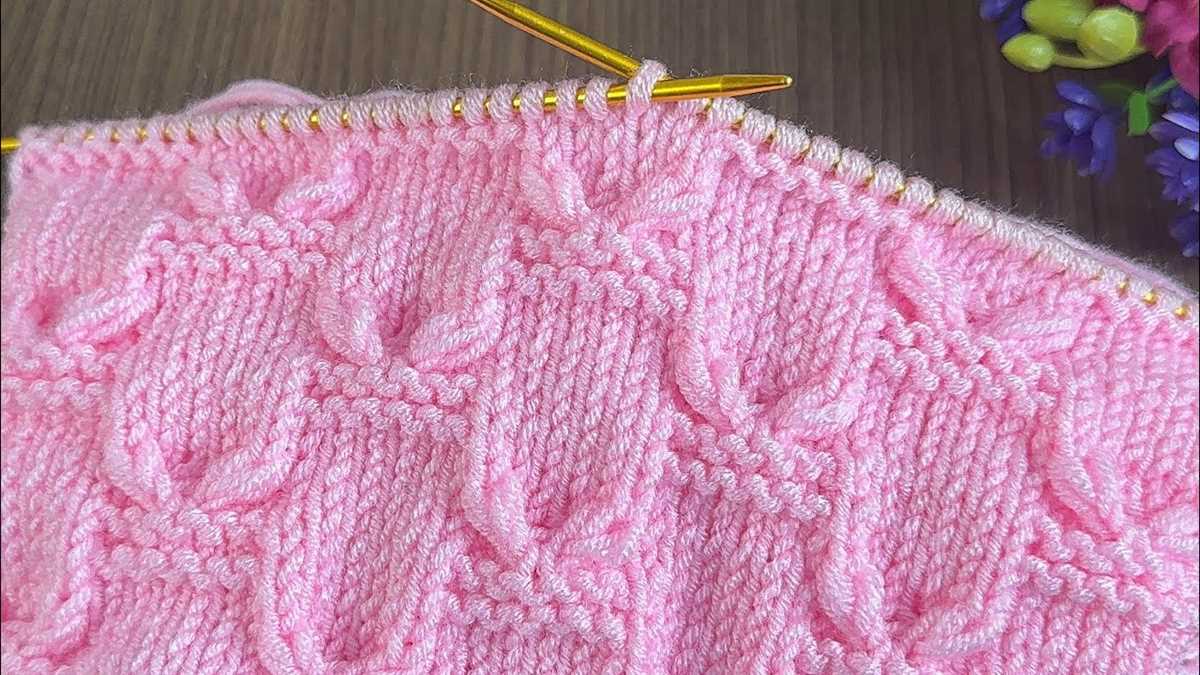
One of the first things to consider when filtering knitting patterns is your skill level. Are you a beginner, intermediate, or advanced knitter? Look for patterns that are labeled with your skill level to ensure that the instructions will be appropriate for your abilities. This will save you from frustration and confusion later on.
2. Identify the Type of Project
Next, think about the type of project you want to work on. Are you looking for a sweater, socks, hat, or something else? Narrow down your options by selecting the specific category or type of project you are interested in. This will help you find patterns that are tailored to your desired knitting project.
3. Consider the Style and Design
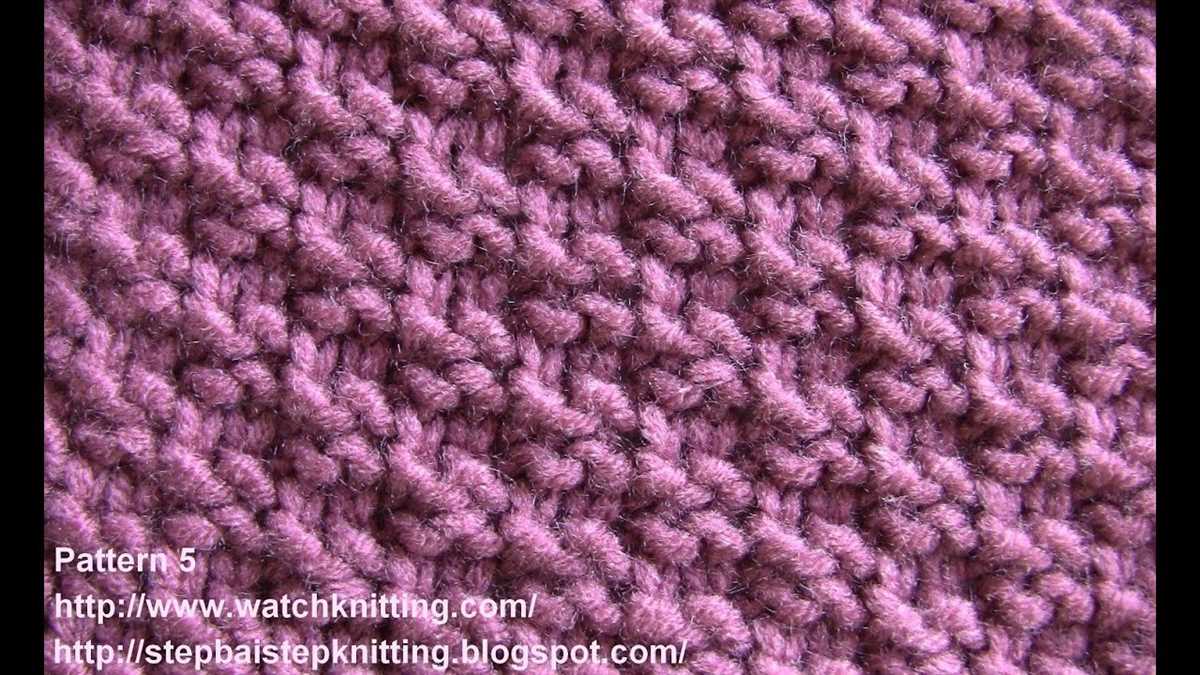
Another important factor to consider when filtering knitting patterns is the style and design. Do you prefer classic, modern, or trendy designs? Are you looking for a specific stitch pattern or shape? By considering the style and design elements, you can further narrow down your options and find patterns that align with your personal preferences.
4. Take into Account Yarn Weight and Fiber
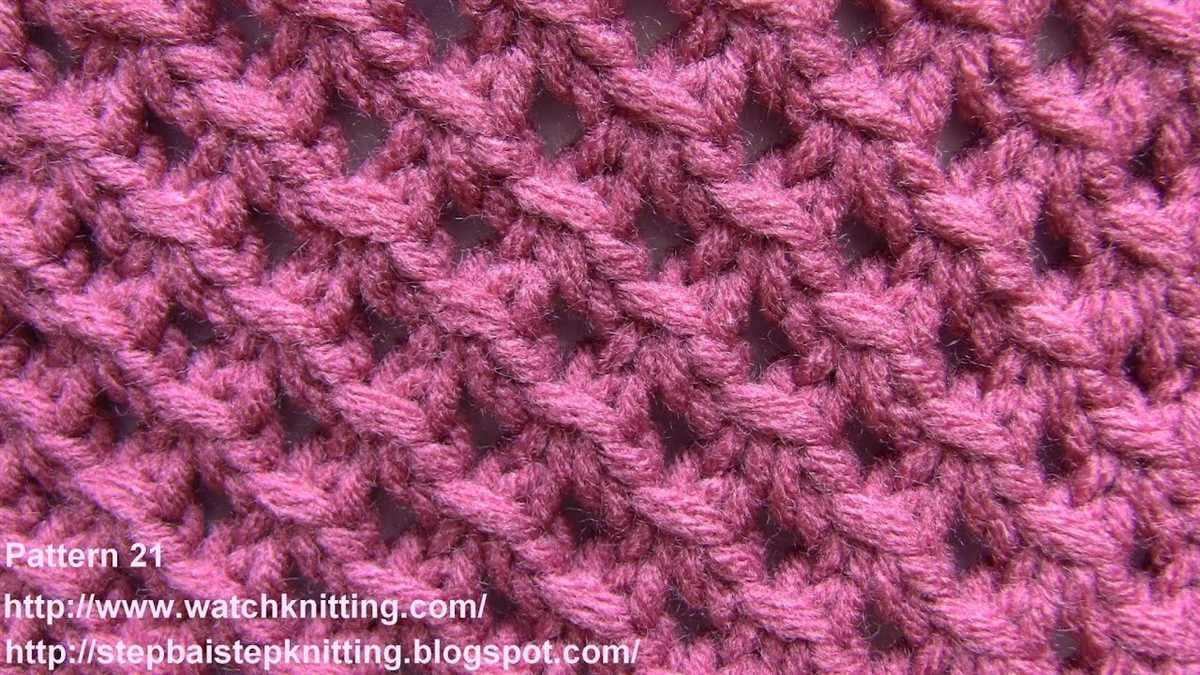
The yarn weight and fiber used in a knitting pattern can greatly impact the final result and the level of difficulty. Consider the yarn weight and fiber that you prefer to work with, and use it as a filter when searching for patterns. This will ensure that you find patterns that are suitable for the yarn you have or the type you prefer to work with.
5. Read Reviews and Ratings
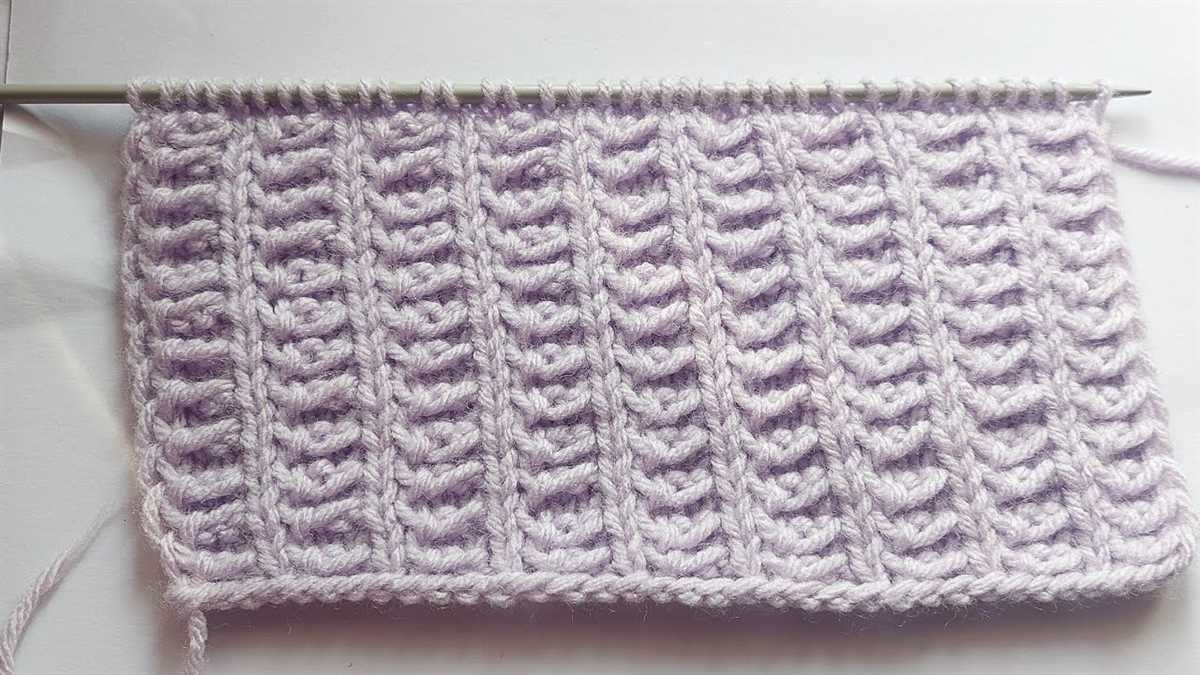
Lastly, before finalizing your choice, it can be helpful to read reviews and ratings of the knitting patterns you are considering. Other knitters’ experiences and feedback can provide valuable insights into the clarity of instructions, accuracy of measurements, and overall satisfaction with the pattern. This can help you make a more informed decision and choose a pattern that is well-regarded by the knitting community.
By following these steps and using filters to narrow down your options, you can find the perfect knitting pattern for your next project without feeling overwhelmed by the sheer number of choices available. Enjoy the process, and happy knitting!
Understanding Knitting Pattern Terminology
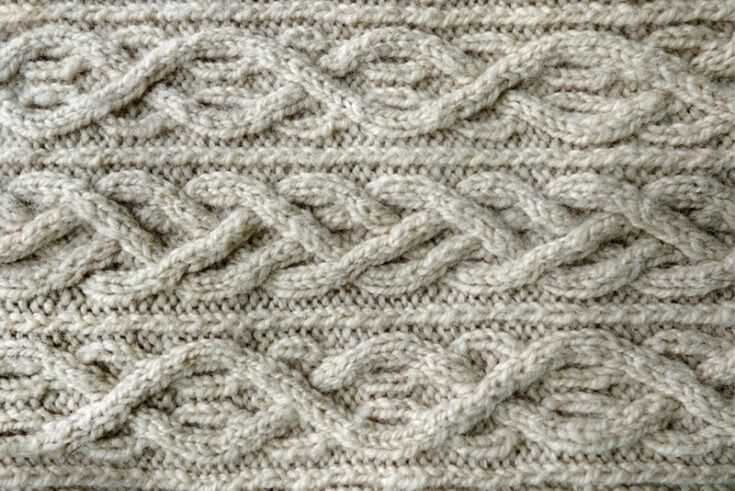
When starting a new knitting project, it is essential to have a good understanding of knitting pattern terminology. This will make it easier to follow the instructions and ensure that the finished project turns out as intended. Whether you are a beginner or an experienced knitter, familiarizing yourself with the common terms used in knitting patterns is crucial.
1. Gauge: Gauge refers to the number of stitches and rows per inch achieved when knitting a specific yarn with a specific needle size. It is essential to match the gauge mentioned in the pattern to ensure that the finished project will have the correct dimensions.
2. Cast on: Cast on is the foundation row of stitches that you create at the beginning of your project. It is usually indicated in the pattern with a specific number of stitches to be cast on.
3. Knit: Knit is a basic stitch in knitting, where you insert the right needle into the front of the loop on the left needle, wrap the yarn around the right needle, and pull it through to create a new loop on the right needle.
4. Purl: Purl is another basic stitch in knitting, where you insert the right needle into the back of the loop on the left needle, wrap the yarn around the right needle, and pull it through to create a new loop on the right needle.
5. Decrease: Decrease is a technique in knitting where you remove stitches from your needle to shape your project. Common decrease methods include knit two stitches together (k2tog) or slipping a stitch, knitting the next stitch, and passing the slipped stitch over (ssk).
6. Increase: Increase is a technique in knitting where you add stitches to your needle to shape your project. Common increase methods include knitting into the front and back (kfb) of a stitch or using the yarn over (yo) technique.
7. Bind off: Bind off, also known as casting off, is the final step in a knitting project where you remove the stitches from the needles to secure the edge. It is usually done by knitting two stitches, passing the first stitch over the second, and repeating until all stitches have been bound off.
8. Repeat: Repeat is a common instruction found in knitting patterns, indicating that you should repeat a specific set of instructions multiple times. It is often denoted by an asterisk (*) and the number of times the instructions should be repeated.
9. Stitch marker: Stitch markers are small rings or clips used to mark specific stitches in a knitting project. They help to keep track of stitch counts, the beginning of rounds, or specific pattern sections.
Understanding knitting pattern terminology is essential for knitters of all skill levels. By familiarizing yourself with these terms, you will be able to confidently tackle any knitting project and create beautiful, well-fitted garments and accessories.
Tips for Choosing the Right Level of Difficulty
When it comes to choosing a knitting pattern, it’s important to consider the level of difficulty. This will ensure that you select a project that matches your skill level and will help you avoid frustration and disappointment. Here are some tips to help you choose the right level of difficulty for your knitting projects.
1. Assess your knitting skills
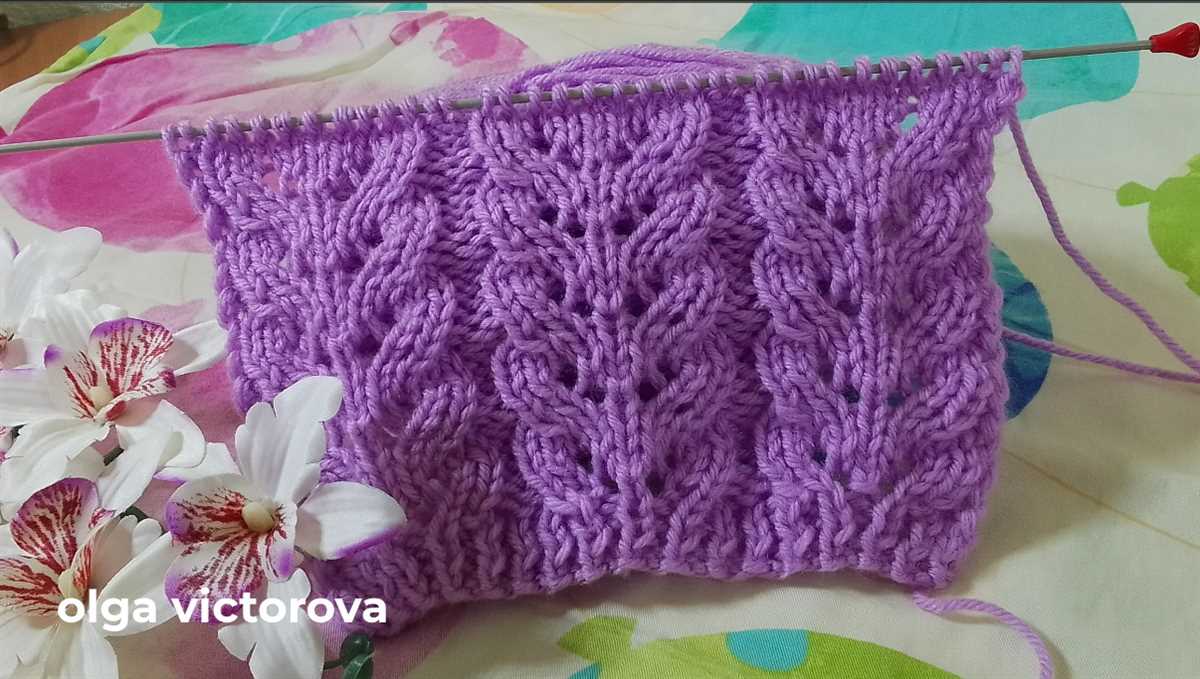
Before you start looking for a knitting pattern, take some time to assess your current knitting skills. Consider the techniques you are familiar with, such as knit, purl, increases, decreases, and simple colorwork. If you are a beginner, look for patterns labeled as “easy” or “beginner-friendly” that will help you practice these basic skills.
2. Keep in mind your time commitment
Another factor to consider when choosing a knitting pattern is the amount of time you can realistically commit to the project. Some patterns may require more time and dedication than others. If you have limited time available, it’s best to look for patterns with fewer intricate details or complex stitch patterns.
3. Challenge yourself
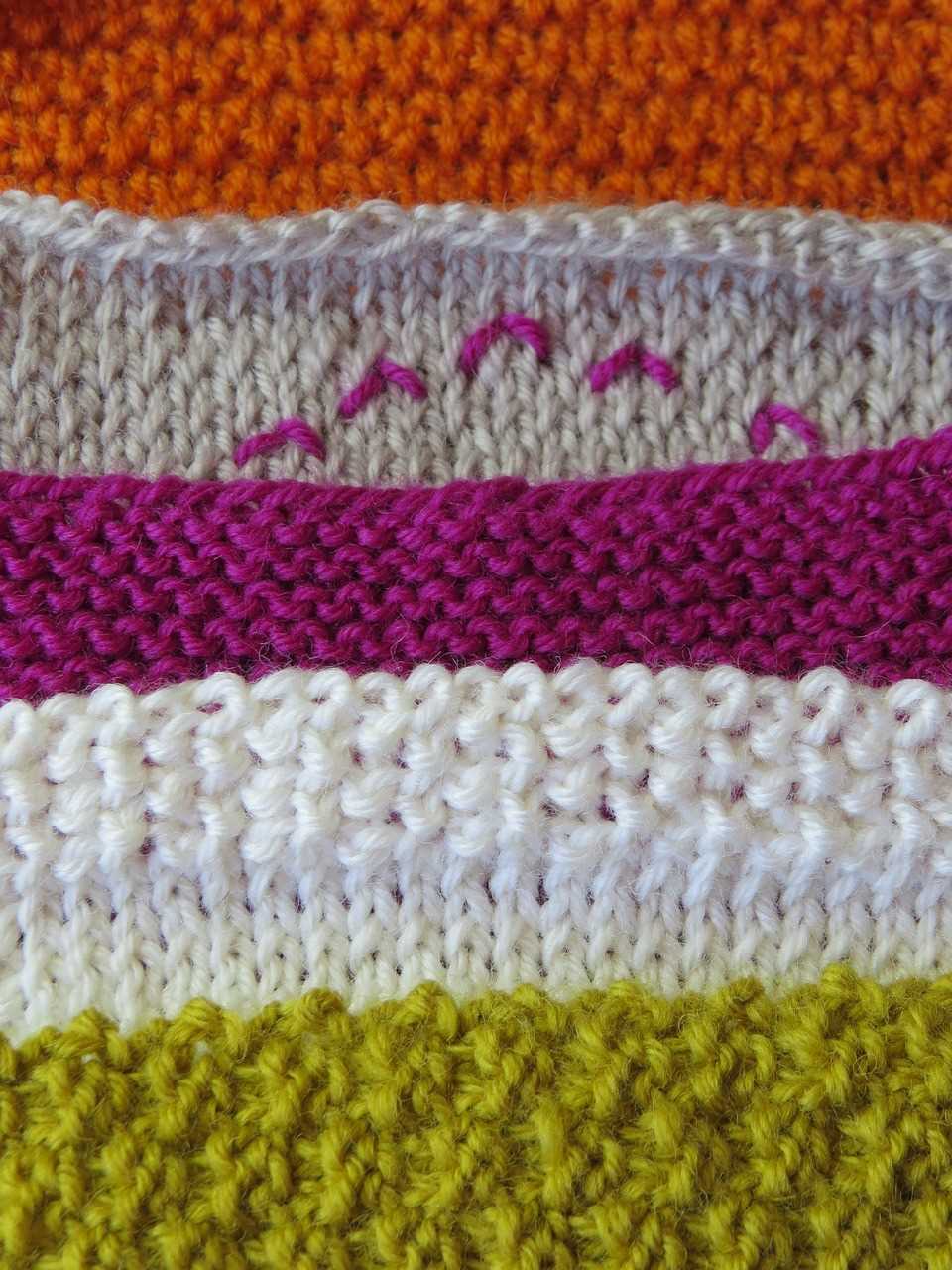
While it’s important to choose a pattern that matches your skill level, don’t be afraid to challenge yourself. Selecting a pattern that pushes your boundaries slightly can help you improve your knitting skills and gain confidence. Look for patterns that introduce new techniques or stitch patterns that you haven’t tried before.
4. Read pattern reviews
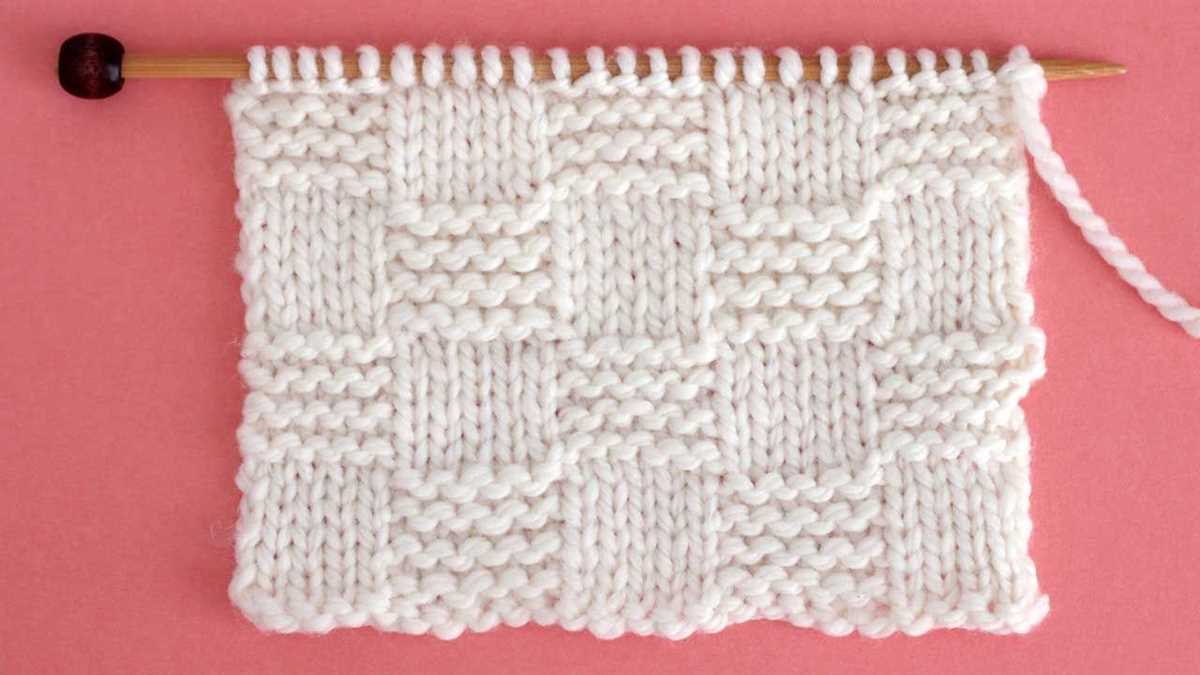
Before committing to a pattern, it can be helpful to read reviews from other knitters who have already completed it. They can provide insights into the difficulty level, any potential issues or challenges, and whether the instructions are clear and easy to follow. This can help you gauge whether the pattern is suitable for your skill level.
5. Seek guidance from experienced knitters
If you’re unsure about the difficulty level of a particular pattern, don’t hesitate to seek guidance from more experienced knitters. They can offer advice and recommendations based on their own experience and may be able to suggest modifications or alternative patterns that better suit your skill level.
By considering these tips, you’ll be able to choose knitting patterns that are appropriate for your skill level, ensuring a more enjoyable and successful knitting experience.
Finding Patterns for Specific Types of Projects
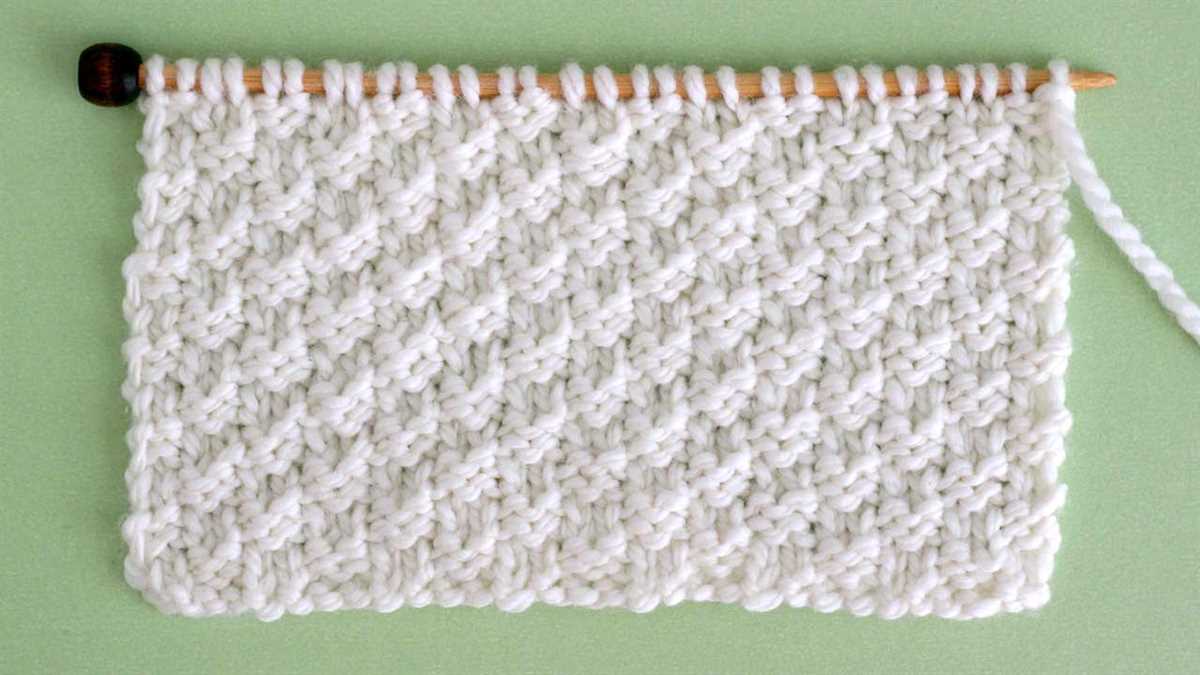
When it comes to knitting, finding the perfect pattern for a specific project can be both exciting and challenging. Whether you’re looking to knit a cozy sweater, a delicate lace shawl, or a cute baby blanket, there are a few strategies you can use to find patterns that meet your specific needs.
1. Online pattern directories: One of the easiest ways to find knitting patterns for specific types of projects is by using online pattern directories. Websites like Ravelry, Knitty, and LoveKnitting offer a vast collection of patterns for a wide range of projects. You can use search filters to narrow down your options by project type, difficulty level, yarn weight, and more.
2. Knitting magazines and books: Another great source for finding patterns is knitting magazines and books. Many knitting publications release special editions or issues dedicated to specific types of projects, such as sweaters, socks, or accessories. These magazines often include patterns from well-known designers and provide detailed instructions and diagrams.
3. Social media and knitting communities: Connecting with other knitters on social media platforms and online knitting communities can be a valuable source of inspiration and pattern recommendations. Joining knitting groups on Facebook, following knitting hashtags on Instagram, or participating in knitting forums can help you discover new patterns that other knitters have tried and enjoyed.
4. Local yarn shops and knitting clubs: If you prefer a more personal touch, visiting local yarn shops and joining knitting clubs can be a great way to find patterns for specific projects. Yarn shop owners and fellow knitters are often knowledgeable about the different patterns available and can provide recommendations based on your project requirements.
5. Creating your own pattern: If you have a specific vision in mind for your project and can’t find an existing pattern that matches it, you can consider creating your own pattern. This requires some knowledge of knitting techniques and the ability to draft a pattern, but it allows you to customize the design and make it truly unique.
With these strategies in mind, you’ll be able to find the perfect knitting pattern for your specific project, whether it’s a cozy sweater, a lace shawl, or a baby blanket.
Conclusion

In conclusion, modifying and customizing knitting patterns allows you to create unique and personalized pieces that perfectly fit your style and preferences. Whether you want to change the size, alter the stitch pattern, or add your own design elements, the possibilities are endless.
Remember to always start with a clear plan and take accurate measurements before making any modifications. Take your time to understand the pattern instructions and make the necessary calculations if needed. Don’t be afraid to experiment and try new techniques, as this is how you can truly unleash your creativity.
Keep in mind that modifying a knitting pattern may require some trial and error. Don’t get discouraged if things don’t turn out as expected on your first attempt. Learning from your mistakes and adjusting along the way is part of the process.
Lastly, don’t hesitate to seek help from fellow knitters and online communities. Connecting with others who share your passion for knitting can provide valuable guidance and inspiration.
So, go ahead and start customizing your next knitting project. With a little bit of imagination and some knitting skills, you’ll be able to create one-of-a-kind pieces that showcase your individual style and creativity.